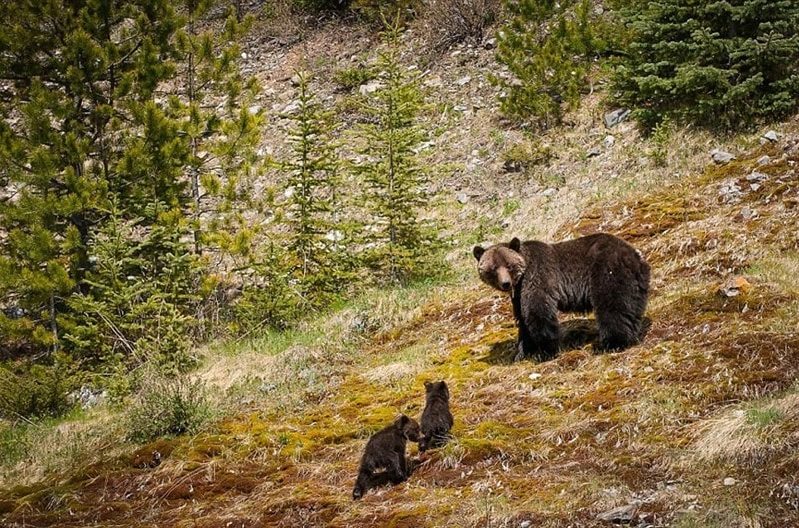| Eurasian brown bears | ||||
| Posted by: BorneanTiger - 10-16-2019, 06:56 PM - Forum: Bears - Replies (24) | ||||
|
||||
| The measurements and weights of the lion (Panthera leo) at species level |
| Posted by: GuateGojira - 10-15-2019, 02:15 AM - Forum: Articles Archive - Replies (1) |
| Comments thread for "In the footprints of Smilodon populator" | ||||
| Posted by: tigerluver - 10-13-2019, 04:25 AM - Forum: Pleistocene Big Cats - Replies (1) | ||||
|
||||
| In the footprints of Smilodon populator | ||||
| Posted by: tigerluver - 10-13-2019, 04:24 AM - Forum: Articles Archive - No Replies | ||||
|
||||
| Tapir | ||||
| Posted by: Pckts - 10-10-2019, 09:54 PM - Forum: Herbivores Animals - Replies (40) | ||||
|
||||
| How Megalodon possibly looked like |
| Posted by: genao87 - 10-09-2019, 11:23 PM - Forum: Extinct Animals - Replies (53) |
| Megalodon not as big as we once thought! |
| Posted by: genao87 - 10-09-2019, 11:12 PM - Forum: Extinct Animals - Replies (41) |
|
|
||||
| Posted by: amym389 - 10-08-2019, 04:54 PM - Forum: Debate and Discussion about Wild Animals - Replies (2) | ||||
|
||||
| Anime |
| Posted by: Polar - 10-06-2019, 08:38 AM - Forum: Miscellaneous - Replies (7) |
| Fox | ||||
| Posted by: Spalea - 10-06-2019, 12:04 AM - Forum: Canids (Canidae) & Hyaenids (Hyaenidae) - Replies (38) | ||||
|
||||
| Welcome, Guest |
|
You have to register before you can post on our site. |
| Search Forums |
|
(Advanced Search) |
| Forum Statistics |
|
» Members: 2,846 » Latest member: kevino998 » Forum threads: 1,229 » Forum posts: 177,931 Full Statistics |
| Online Users |
|
There are currently 258 online users. » 1 Member(s) | 257 Guest(s) |
| Latest Threads |
|
The Tumbela Coalition
Last Post: |
|
Avoca Male Lions and Thei...
Last Post: |
|
Lions of Manyeleti
Last Post: |
|
Nkhulu males
Last Post: |
|
Lions of Sabi Sands
Last Post: |
|
Kambula/Ntsevu males
Last Post: |
|
Tiger Predation
Last Post: |
|
Other male lion coalition...
Last Post: |
|
Birmingham Pride of lions
Last Post: |
|
Pythons
Last Post: |
|
The size of the Anaconda ...
Last Post: |
|
Matimba Coalition Male Li...
Last Post: |
|
Birmingham Coalition Male...
Last Post: |
|
Coalitions of Kruger Nati...
Last Post: |
|
Tigers of the Eastern Gha...
Last Post: |






 ) and he did not describe the method of measurements and I affraid that probably he measured his lion skulls "between perpendiculars" which was the method used by most hunters in his days and which, compared with measurements with callipers, may slightly increase the length, specially if the mandible is still attached to the skull. That is why I used only skulls measures by Zoologists using callipers.
) and he did not describe the method of measurements and I affraid that probably he measured his lion skulls "between perpendiculars" which was the method used by most hunters in his days and which, compared with measurements with callipers, may slightly increase the length, specially if the mandible is still attached to the skull. That is why I used only skulls measures by Zoologists using callipers. 

